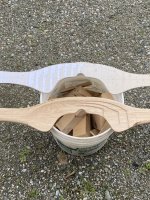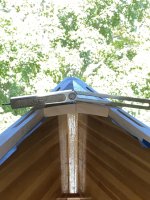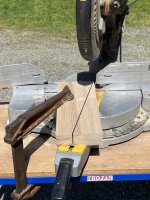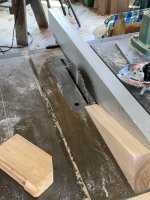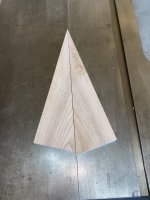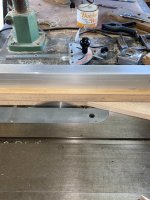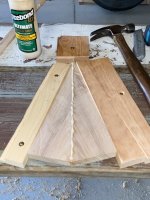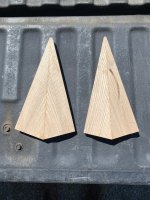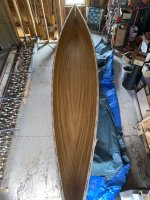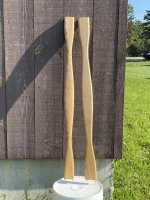There is a thinning schedule on the Epiphanes website ... I am not surprised full strength gave you some lap issues. The schedule is something like 50% over bare wood and get progressively stronger to 15% at the end (look it up, don't take these numbers as gospel). Also, make sure you use the right thinner, it matters. The point above, I believe when you look up the thinning schedule, you always thin this product at least a little, this should help with the issue at the lap area.
Since you are going over epoxy, you will only use the least thinned version, I almost always use ~15% to build and then adjust the final coat for the environmental conditions, if they are going to help the varnish dry quicker, I thin a little extra.
You are using the same application technique I do, use the roller to get it spread (slow enought to minimize buubles) then tipping off with a brush, I find the key is to not waste any time, get it on, get it tipped and move on, don't play with it ... the longer it gets to sit, the better it will level. Don't try and get a large area done at one time, I usually try for about a 2 square foot area at a time ... that is about a roller "load".
For the final exterior coat, you can thin it a bit more to get a little more leveling time, if you are still having issues. I suspect though that using the 15% (or so) thinning and not trying to complete too large of blocks at a time, will help with the lap issues.
Good luck
Brian
